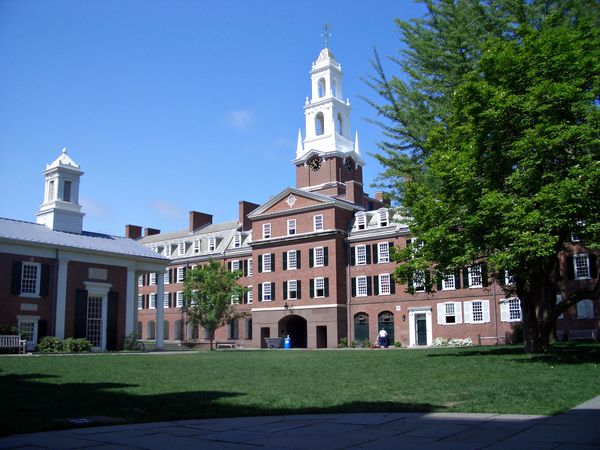“1.5 to stay alive” has become one of the most well-known slogans after the climate change summit in Paris. This statement refers to the amount the sea level can increase before many Pacific Island nations face extreme consequences.
The Climate Vulnerable Forum -- comprised of Pacific Islands like the Marshall, Seycelles and Maldives islands -- are making the most noise about holding the global temperature at 1.5 degree Celsius rather than two degrees.
If global temperatures rise two degrees Celsius, there will be serious consequences for many of the Islands in the Pacific.
Residents of these Pacific Islands are also calling for action and created a campaign surrounding the slogan “1.5 to stay alive.” Social media has been one of the most effective outlets in spreading the word about the effects of climate change on the Pacific Islands.
The hashtag “#1point5tostayalive” has been circulating popular social media sites, and several Facebook pages have been made for specific islands.
Currently, conditions of nations in the Pacific Island are worse than 20 years ago. In the Marshall Islands specifically, seawalls have been demolished and the rising sea levels have flooded several areas.
The elevation of the Marshall Islands averages six feet, and there are areas at sea level. During high tide, sand bags must be placed on roads and airport runways to stop the flooding.
The sea level is rising in the Marshall Islands twice as fast as the global average. Rise in sea levels could contaminate the Islands' fresh water supply, which is limited.
In 2013, The Marshall Islands were faced with a drought, and in March of that year, the largest high tide of the year swept across the capital Majuro. The Joint National Action Plan (JNAP) was created in the wake of the 2013 disasters. This program looked into climate-change adaption and disaster risk-management strategies.
Many residents have started to build their own private seawalls, but the Islands' government frowns upon this. They say that these private walls redirect the waves to unprotected properties.
The United States has a complicated past with the Marshall Islands. During the Cold War, the U.S. tested 60 nuclear weapons there between 1946 and 1958. The United States Atomic Energy Commission stated that the Marshall Islands was the most contaminated place in the world. The effects of these tests are still prevalent today.






















